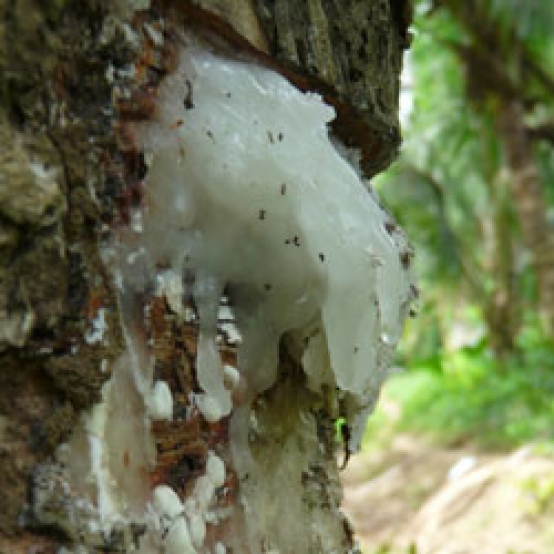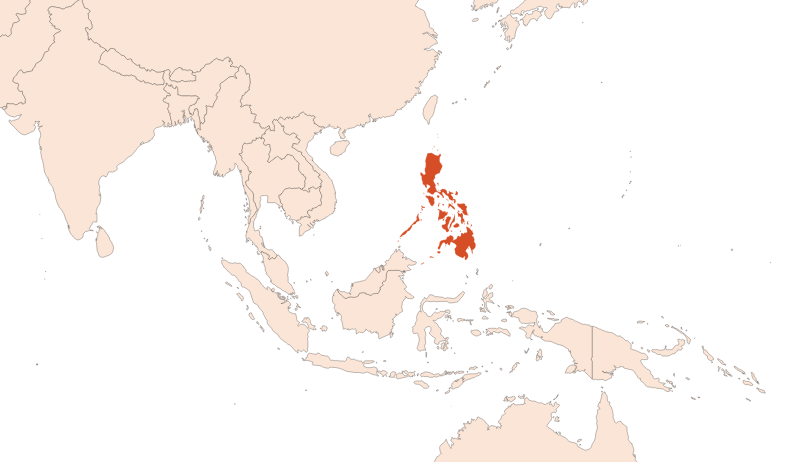
| Company | Ingredient Name | ID | Comments | Naturality | Certifications | MOQ | Latin name | Treated part | Geographical origin |
|---|---|---|---|---|---|---|---|---|---|
|
|
ELEMI PHILIPPINES EO | 939853 |
Visit website
|
Naturals | - | CANARIUM LUZONICUM | - | - | |
|
|
Huile essentielle d'Elémi - 30 gr | - |
Visit website
|
- | - | - | - | - | |
|
|
ELEMI Essential Oil | M_0020037 |
Visit website
|
Naturel | - | - | - | - | |
|
|
ELEMI Rectified Essential Oil | M_0061260 |
Visit website
|
Naturel | - | - | - | - | |
|
|
ELEMI | E7250 |
Visit website
|
Huile essentielle |


|
- | Canarium luzonicum (Blume) A. Gray | Exsudat | Philipines |
|
|
ELEMI | 350 |
Visit website
|
Huile essentielle | - | Canarium luzonicum (Blume) A. Gray | Gomme | Philippines | |
|
|
ELEMI CŒUR | F1236 |
Visit website
|
Huile essentielle | - | Canarium luzonicum (Blume) A. Gray | Exsudat | Philipines | |
|
|
ELEMI RESINOIDE 50% TEC | - |
Visit website
|
- | 10 grs | - | - | - |
General Presentation
-
CAS N° :
8023-89-0 -
EINECS number :
97675-63-3 -
FEMA number :
2408
-
Volatility :
Head -
Price Range :
€€
Physico-chemical properties
-
Appearance :
Colorless to pale yellow liquid -
Density :
0,850 - 0,910 @20°C -
Refractive Index @20°C :
1.472 - 1.490 @20°C -
Optical rotation :
+44° // +85° -
Vapor pressure :
Data not available. -
Flash Point :
Data not available. -
Acid Value :
Botanical informations
Botanical name :
Canarium luzonicum (Blume) Miq.
Synonyms : Canarium album Blanco // Canarium oliganthum Merr.
Botanical profile :
Elemi is a 30m high tree belonging to the Burseraceae family (such as incense or myrrh) and of the genus Canarium L.
Chemotypes :
Other elemis are known although they are much less commonly (or not) used in perfumery:
Canarium ovatum Engl.: also native to the Philippine archipelago.
Canarium muelleri F.M.Bailey: Scrub turpentine of Queensland, native to Australia.
Canarium bengalense Roxb or elemi of Bengal and China, whose essential oil contains a high dose of Beta-Caryophyllene.
Canarium schweinfurthii Engl. or elemi of Cameroon and Guinea.
Canarium madagascariense Engl. : originally from Madagascar and also called ''ramy ''.
Extractions & Uses
Extraction process :
Like incense or myrrh, the resin is obtained using the ''tapping '' technique, i.e. by making an incision through the tree's bark. This incision, which is generally made once a day during the week prior to the harvest, causes the exudation of a white resin. A single tree can yield up to 5kg of resin annually for a harvest carried out from July to March.
All the resin recovered is stored in a warehouse while waiting to be extracted.
Several types of extraction can be performed with this resin:
Steam extraction: Usually performed in Europe to obtain the Elemi EO. It takes in general 5.5kg of resin to obtain 1kg of essential oil - Yield of 18 %.
SFE extraction: Usually done in Europe, this process allows to obtain Elemi SFE. This low-temperature technique gives a smell very similar to the natural product.
Volatile solvent extraction: Usually carried out with Acetone, this process allows to obtain Elemi Resinoid.
Uses in perfumery :
Used in all types of perfumery for fougere, eaux fraîches, coniferous, spicy and amber notes.
Interesting to replace Frankincense EO or Pink Peppercorn EO, because it is less expensive.
Stability :
Solubility issues in perfumes
Limonene tends to convert into Carvone through time, and to give a minthy note to the oil
The terpenes identified in this raw material can polymerize when they are oxidized
Major Components :
- D-Limonene (40 - 72%)
- Alpha-phellandrene (10 - 24%)
- Sabinene (3 - 8%)
- Elemol (1 - 25%)
- Elemicin (0,5- 8%)
- Alpha-terpineol (0,4 - 3%)

Photo credits: ScenTree SAS
Other comments :
The elemi is the main source of natural elemol.
IFRA
IFRA 51th :
This ingredient is not restricted for the 51th amendment
















